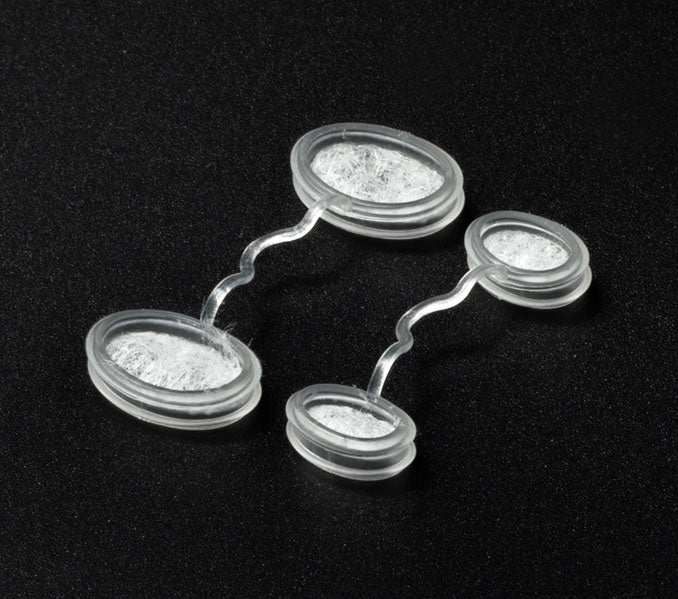

Nasal Filters that Redefine Breathing
to Protect Each Breath.
AERS NOSE FILTERS TRAP OUT ALLERGENS, POLLUTANTS AND SO MUCH MORE…
-

pollutants
0.1-10 microns
-

pollen
≥5 microns (dry) ,
≥9 microns (wet)
-

brake residue
2.5-10 microns
-

pathogens
≥2 microns (wet)
-

mould spores
10-30 microns
-

pet dander
1-9microns
-

dust mites
100-300 microns
-

saw dust
30-600 microns
Endorsements
-

AERS Nose Filters are a nasal dilator paired with advanced 3M filtration technology. The innovative electrostatically charged filters capture 90% of harmful airborne particles at PM10 and 65% at PM2.5.
-

Several layers of 3M electrostatic materials capture particles like a magnet. As particles adhere to the filters, the charged area increases and enhances its filtration capabilities.
LATEST BLOGS
-

Microplastics in the air we breathe: a health concern?
Air pollution is a growing concern for human health, with particulate matter (PM2.5) linked to a wide range of conditions. Professor Frank Kelly believes that plastic in the air may...
1Microplastics in the air we breathe: a health concern?
Air pollution is a growing concern for human health, with particulate matter (PM2.5) linked to a wide range of conditions. Professor Frank Kelly believes that plastic in the air may...
-

Building works responsible for 18% of UK large particle pollution
If you're concerned about air pollution, then AERS filters are the perfect solution. Our filters trap large particles like PM10, which can be a major source of air pollution. Building...
1Building works responsible for 18% of UK large particle pollution
If you're concerned about air pollution, then AERS filters are the perfect solution. Our filters trap large particles like PM10, which can be a major source of air pollution. Building...
-

Coronavirus: WHO rethinking how Covid-19 spreads in air
The World Health Organization has acknowledged there is emerging evidence that the coronavirus can be spread by tiny particles suspended in the air.
1Coronavirus: WHO rethinking how Covid-19 spreads in air
The World Health Organization has acknowledged there is emerging evidence that the coronavirus can be spread by tiny particles suspended in the air.


















